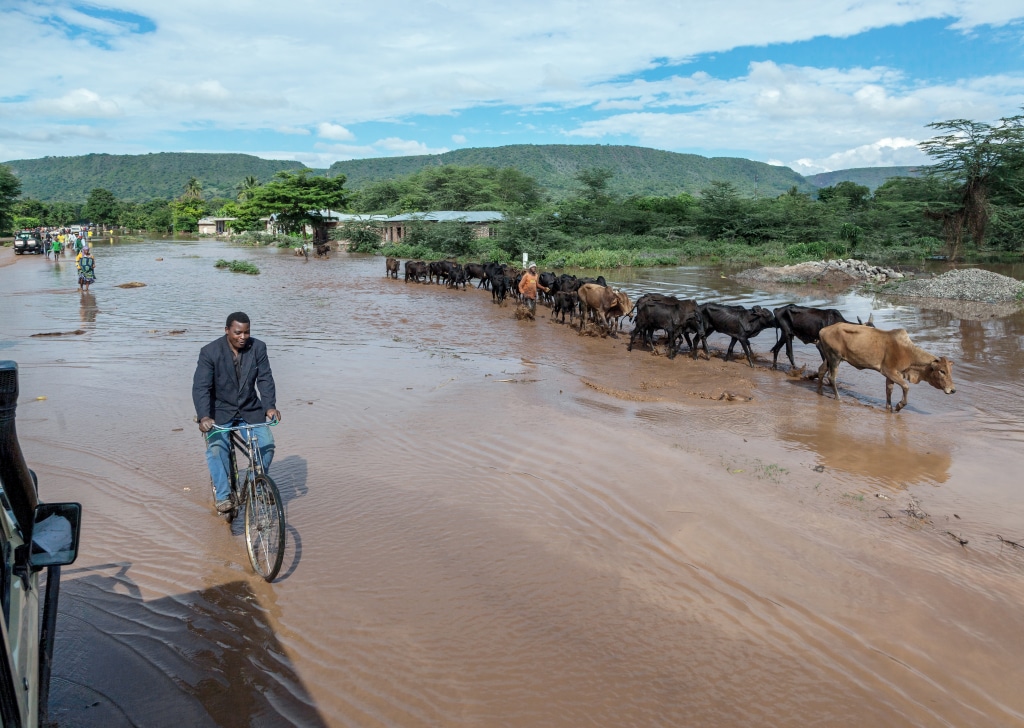South Sudan is about to enter the rainy season. In this East African country, this season is crucial for agriculture, but floods cause significant damage and displace some populations. To cope with this phenomenon, the World Bank is releasing 120 million dollars.
The funds provided by the International Development Association (IDA) will enable the implementation of Phase II of the Enhancing Community Resilience and Local Governance in Southern Sudan Project (ECRP-II). Implemented by the South Sudanese Ministry of Finance and Planning in collaboration with the Local Government Council, the project supports investments in basic infrastructure.
Use of solar energy
The South Sudanese government plans to build or rehabilitate public assets such as water and sanitation facilities, community paths and roads, flood protection dykes, and health and education facilities, among others, to ensure maximum benefit to the community. According to the South Sudanese Ministry of Finance and Planning, the infrastructure built under ECRP-II will use renewable energy sources, including solar photovoltaic systems.
Read also- SUDAN – SOUTH SUDAN: a partnership to prevent floods and drought
Also, these infrastructures “will adopt disaster and climate resilient approaches, including risk assessments, to identify safe locations and elevated building structure options to reduce the risk of flooding and other disasters,” the same source says. According to the World Bank, the project will benefit 920,000 people in 12 of the country’s 79 counties.
Work over 5 years
“The conflict and a succession of severe floods have had a devastating effect on the economy and population of South Sudan. Millions of South Sudanese have been displaced and the already scarce social and physical infrastructure has been damaged. The conflict and floods, and the resulting forced displacement, have affected the social fabric, weakening formal and informal institutions,” the World Bank said.
This situation is the reason why the country is lagging behind in the development of basic infrastructure. As a result, only 7% of the population has access to electricity, 40% to clean water and 10% to improved sanitation facilities. In addition, about 70% of southern Sudanese lack access to adequate health care and a similar proportion of school-age children do not attend school, according to World Bank data. ECRP-II will be implemented over a five-year period.
Jean Marie Takouleu
